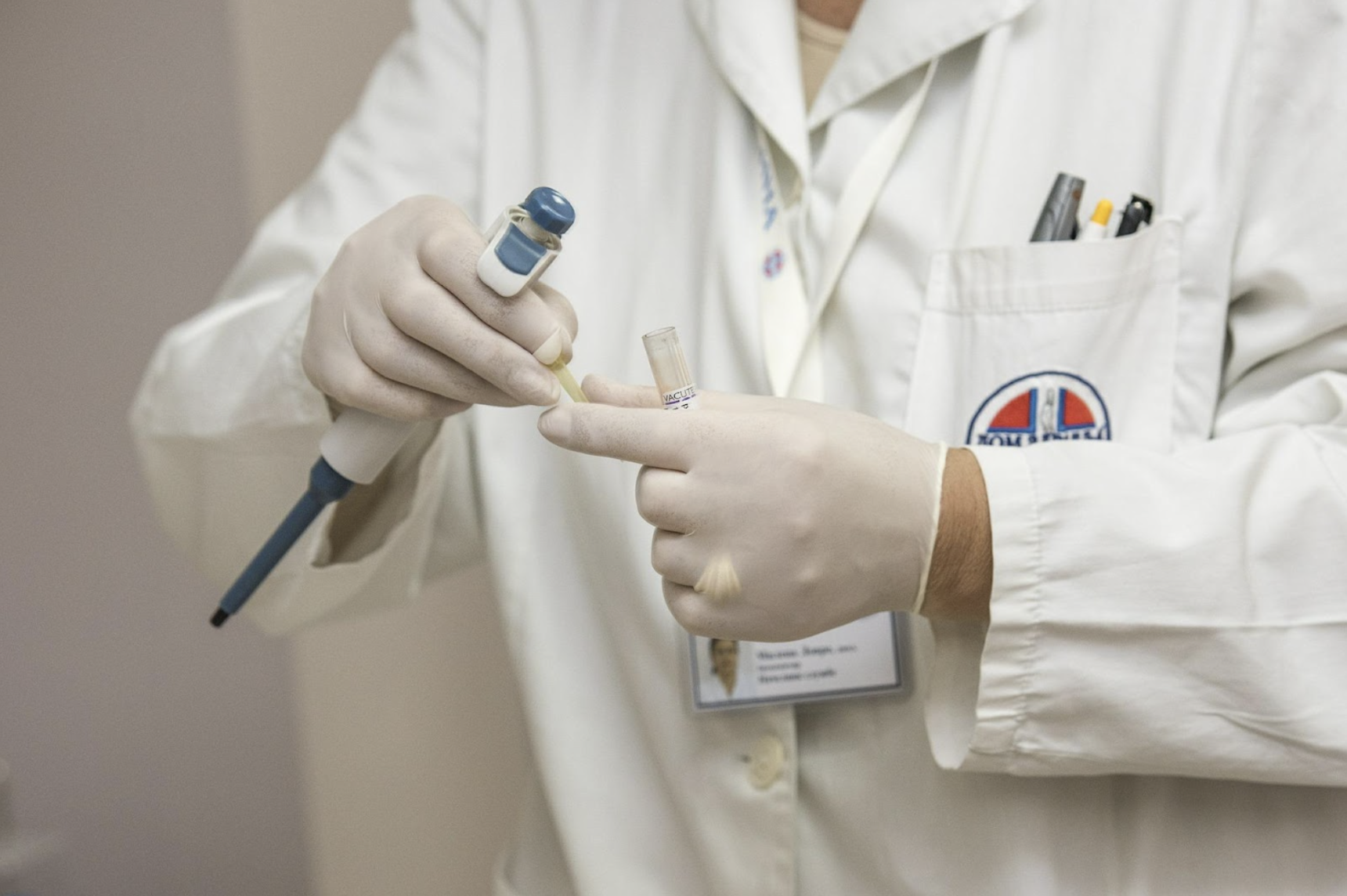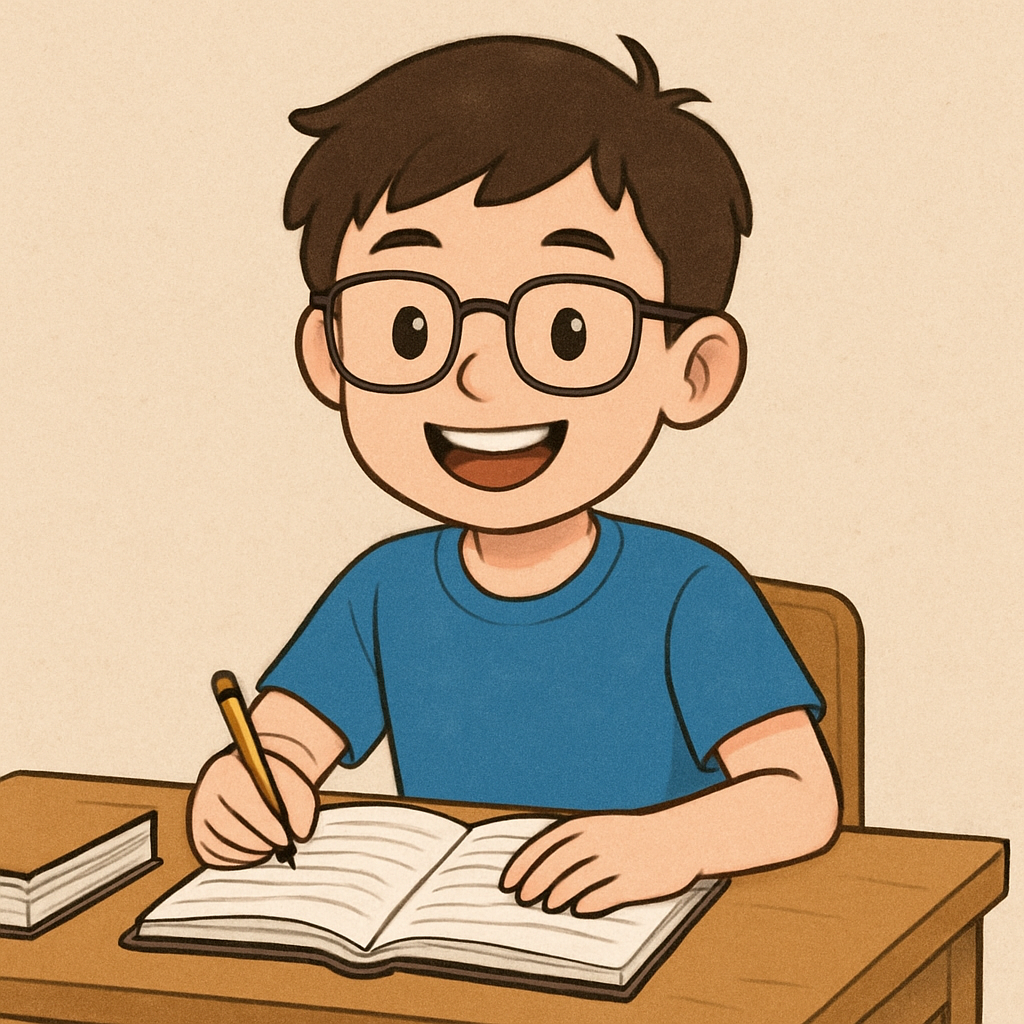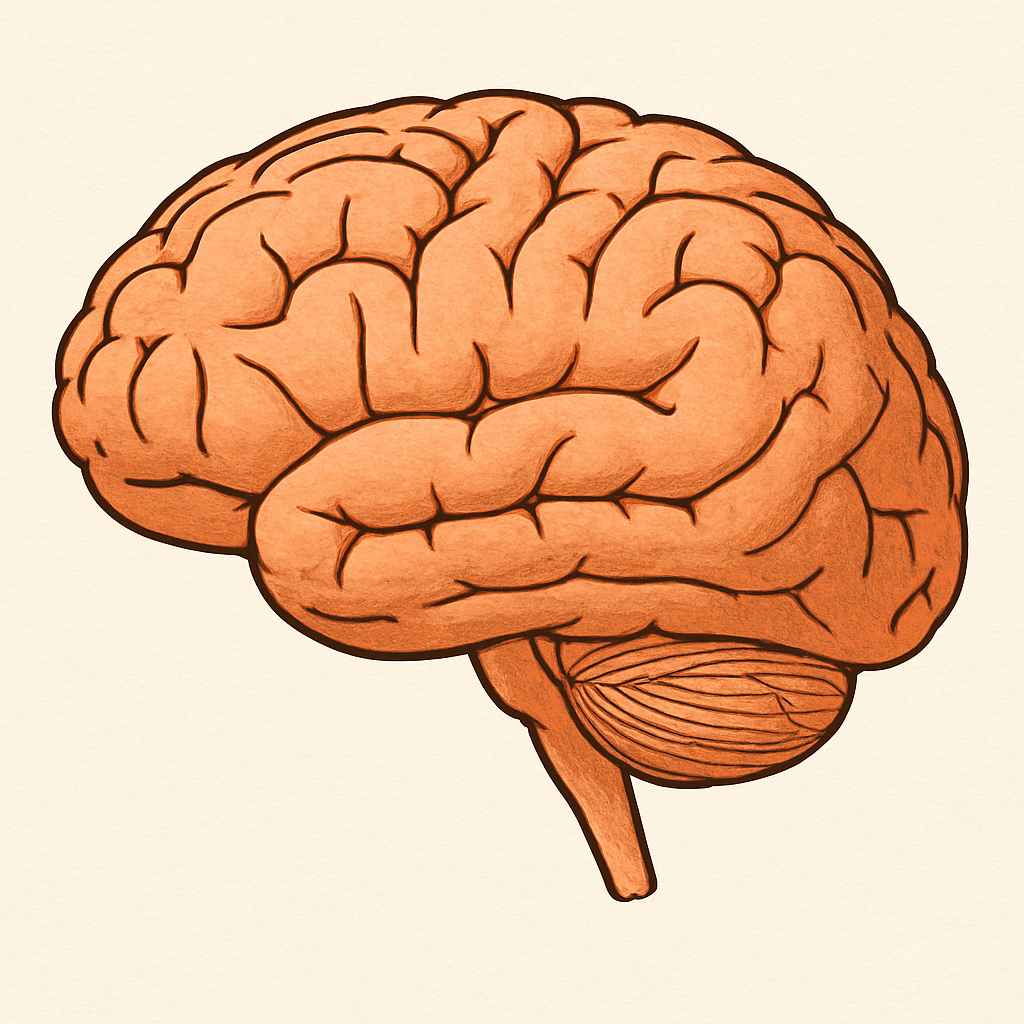
[객원 에디터 3기 / 장석현 기자] Citizen scientists are public, amateur scientists who assist professional researchers by making discoveries and collecting data. In our modern IoT climate, their roles in researching infectious diseases through crowdsourced projects have become more crucial than ever. This has been proven in the online project “Folding@Home,” which has been utilizing distributed computing to connect computers to a single high-speed network since 2000. The project has recently gained attention for its study on Covid-19 and its discovery of new vulnerabilities that Covid drugs can neutralize.
In the past, identifying and predicting thousands of possible protein structures have been challenging because replicating each jitter of proteins is on the order of femtoseconds, and over billion-squared operations had to be performed simultaneously. Thus, an ordinary computer required at least 100 years. In response, Gregory Bowman—project leader and assistant professor of biophysics at Washington University at St.Louis—has developed a virtual supercomputer using volunteers’ internet-connected computers that are capable of solving the same calculation within a month. Additionally, the volunteers have already surpassed 700,000 within days since March 26th, 2020.
Composed of 20 amino acids to form an organic compound, proteins shape into a unique three-dimensional structure based on their genetic role, and faults appearing within the structure are why diseases form. In order to fix such faults in the protein, it is essential to identify the weak docking sites known as cryptic pockets on the surface of the protein where artificially-designed medical proteins can be inserted.
Researchers in the past could only take still, fragmentary shots of the protein using the two techniques of X-ray crystallography and cryo-electron microscopy. However, not only are the protein atoms constantly pushing and pulling against each other, but many virus proteins tend to have seemingly smoother surfaces that made targeting more difficult. This was exactly why complete motions are much more accurately replicated through actual simulations.
As Bowman put it: more volunteers participating in his network is equivalent to buying more “lottery tickets” to increase the odds of winning the jackpot. Folding@Home has contributed significantly to the development of vaccines and cures beyond Covid-19, such as for kidney cancer, the Zika virus, and Huntington’s disease. The project continues to this day, and anyone can easily become a volunteer by installing software from their official website.
Sources: Science News, Folding@Home Main Website, Science Times, NVIDIA, Naver Blog





